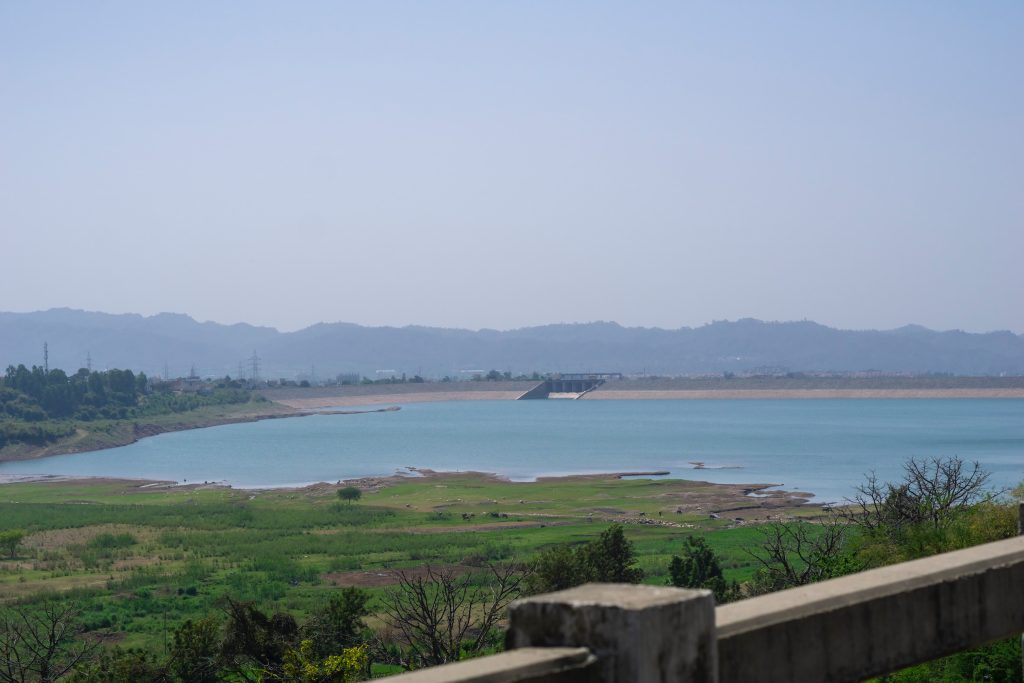
The Kakhovka Catastrophe: A Tidal Wave of Environmental and Geopolitical Concerns
In the heart of southern Ukraine, the breach of the Kakhovka dam has unleashed a torrent of environmental and logistical challenges, the ripples of which extend far beyond the inundated banks of the Dnipro River. As communities grapple with the immediate aftermath, concerns are mounting regarding the long-term ecological impact on the wider Black Sea region.
Kakhovka’s Calamity
The Kakhovka reservoir, once a symbol of life and sustenance, now stands as a testament to nature’s wrath — or perhaps man’s folly. Its breach has not only devastated local communities but has also discharged a veritable cocktail of sediment, pollutants, oil, and pesticide-laden sludge into the Dnipro River.
The cascade of consequences doesn’t stop there. The contaminated waters of the Dnipro are now threatening the shared coastlines of neighbouring countries, casting a shadow of uncertainty on an already tense geopolitical landscape.
A Tidal Wave of Trouble
Florin Timofte, a researcher from the National Institute for Marine Research and Development, offered a somber analysis. The sediment-laden waters of the Dnipro River, he warns, are destined for the northern stretches of the Black Sea coastline, notably the Danube River’s mouth.
This sedimentary surge, influenced by sea currents, will drift southwards, leading to a confluence of the contaminated waters from Ukraine with the Danube. The aftermath? An explosive bloom of phytoplankton algae that could deteriorate water quality, affecting marine ecosystems and potentially the fishing industry.
Romania, which shares the Black Sea’s coastline, is already on high alert. Citizens and environmental activists alike are vocalizing concerns regarding the potential long-term fallout of the dam collapse on water cleanliness.
Contrastingly, in Bulgaria, another Black Sea neighbour, the sentiment is somewhat different. Experts from the Institute of Oceanology opine that the debris wave, while concerning, might not significantly impact their shores.
Hidden Dangers Resurface
Yet, the environmental turmoil is but one facet of the unfolding drama. The Kakhovka breach has unveiled another grave danger: landmines. Dislodged by the rushing waters, these dormant remnants of past conflicts now pose a significant threat to rescue and recovery operations.
Further exacerbating the situation, the waters have torn through weapon and ammunition stores, potentially dispersing them across vast stretches. Additionally, reports indicate that an alarming 150 tonnes of machine oil have made their way into the Black Sea, presenting a tangible hazard to maritime activities.
Navigating the Future
The Kakhovka dam catastrophe underscores the intricate intertwining of environmental and geopolitical considerations. The incident serves as a poignant reminder of our shared vulnerabilities and the interconnectedness of ecosystems.
While immediate relief and rehabilitation remain paramount, it’s equally crucial to consider long-term environmental monitoring and collaborative mitigation strategies. Only through joint efforts can the Black Sea nations hope to navigate the aftermath of this calamity and ensure the sustainability and safety of their shared marine heritage.
©eco-guardians.org